Economic generators have the advantages of low purchase cost, low operating cost, and high cost-effectiveness. However, it is also important to follow safety operating procedures during use to better serve our work. I. Advantages of Economic Generators Economic generators combine high fuel efficiency with strong durability, significantly reducing purcha
A silent diesel generator is a type of diesel power generation equipment that significantly reduces operating noise through specially designed enclosure structures and noise reduction technologies. Its core value lies in achieving a balance between po
A Hotel backup generator is a diesel generator set that can automatically or manually start during a power outage, providing emergency electricity to key hotel facilities. It can quickly restore power during unexpected outages, preventing operational inte
With the changing seasons, special attention is needed for diesel standby generator to ensure their readiness and operational integrity. This emergency power equipment may be affected by environmental changes, such as temperature fluctuations and humi
The reliability of a diesel standby generator depends on the proper condition of its lubrication system. During extended periods of inactivity, diesel standby generators must be ready to handle sudden critical load demands. The entire service life and
electric solar generator is a valuable investment in clean and portable power. Proper maintenance is important to extend their lifespan and ensure reliable operation when needed. Maintaining an electric solar generator does not require extensive work,
A electric solar generator is a clean energy system that converts solar energy into electricity and stores it for use at any time. It is completely different from traditional generators that burn gasoline or diesel, with key features being quiet, poll
As a power supply device, the reliability and safety of Electric generator is extremely important. They require continuous and comprehensive maintenance. Developing a comprehensive maintenance strategy is a good way to ensure that this critical asset perf
As an important power source in various industries, Electric generator must be operated in strict accordance with operating procedures.
Biogas generator are important power equipment that can convert organic waste into valuable electricity. However, operating a Biogas generator involves unique hazards, and specific precautions must be taken to protect personnel, equipment, and the env
Selecting the appropriate Biogas generator is a crucial task. This process requires a comprehensive evaluation of several key factors to ensure that the system meets the specific project requirements and operational goals. This ensures that the chosen Bio
generator products have become indispensable guardians in our daily operations, from home comfort to industrial productivity. Choosing the right generator products is a crucial decision that requires balancing multiple key factors to ensure the select
On November 4th, a Nigerian client visited Huaquan Power to purchase generator sets, addressing the development difficulties caused by inadequate power infrastructure in mining operations. After an on-site inspection, the client was highly satisfied w
Proper shutdown of large industrial generators is important for ensuring the longevity of the equipment and operational safety. Large industrial generators are the backbone of continuous power supply across various industries,
When using large industrial generators , it is important to follow safety procedures. The following information is provided for users reference.
Oilfield generators play a critical role in powering operations in remote and demanding environments. Proper usage is essential for maintaining safety, reliability, and equipment longevity.
Oilfield Generators are important power supply equipment at remote extraction sites, providing power to critical equipment under harsh conditions.
The performance of industrial generator relies on often overlooked air filters, which protect the engine from harmful contaminants. Proper maintenance of this component is not just a routine task but an important practice to ensure the longevity and effic
industrial generator is an important source of electricity in various industries. Ensuring their safe operation is crucial to prevent accidents and maintain productivity.
Huaquan generator is power solutions for industrial and emergency applications, and should be properly maintained to ensure operational efficiency and service life. The following is provided for user reference.
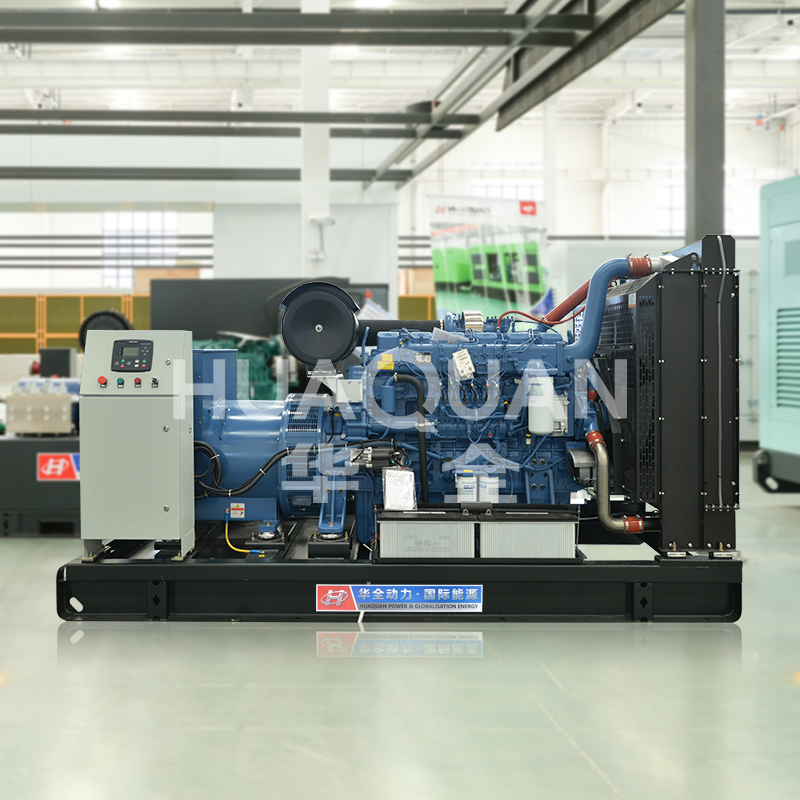 Safety Operating Procedures for Economic Generators2025-12-20
Safety Operating Procedures for Economic Generators2025-12-20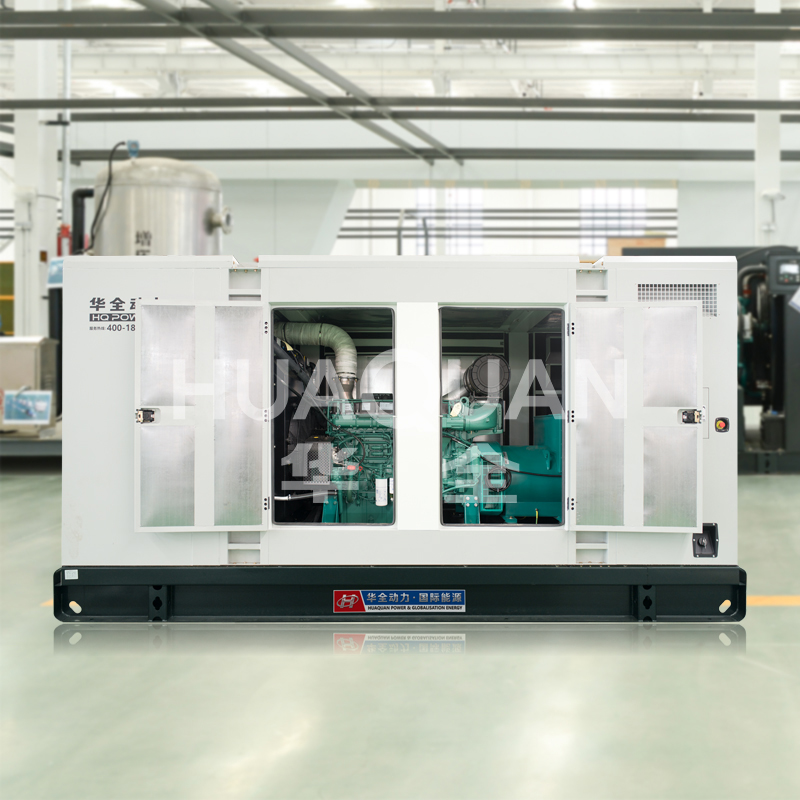 Daily Maintenance of Silent Diesel Generators2025-12-12
Daily Maintenance of Silent Diesel Generators2025-12-12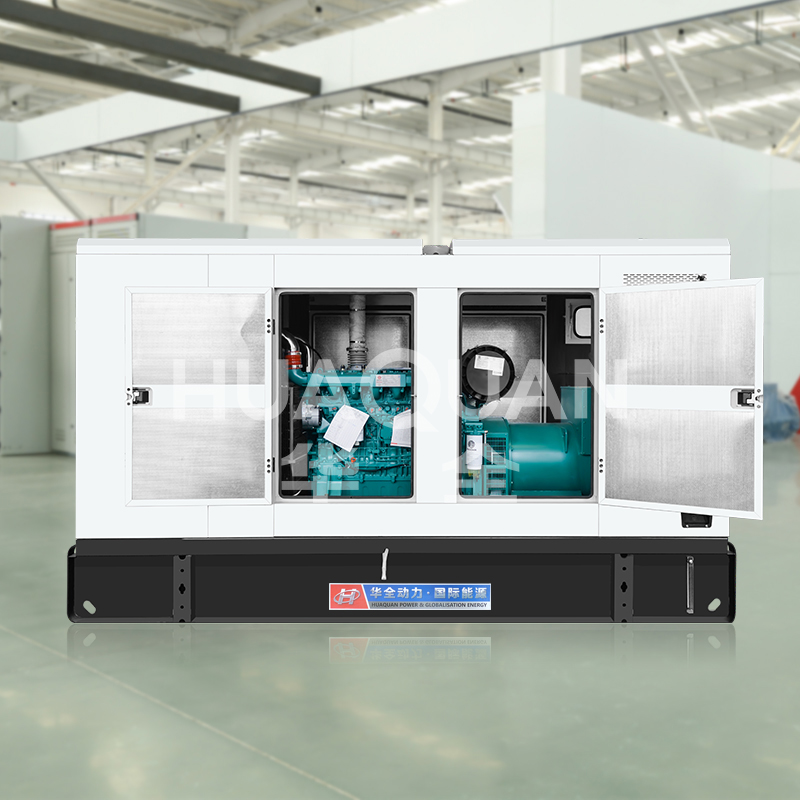 The Advantages and Functions of Hotel backup generator2025-12-09
The Advantages and Functions of Hotel backup generator2025-12-09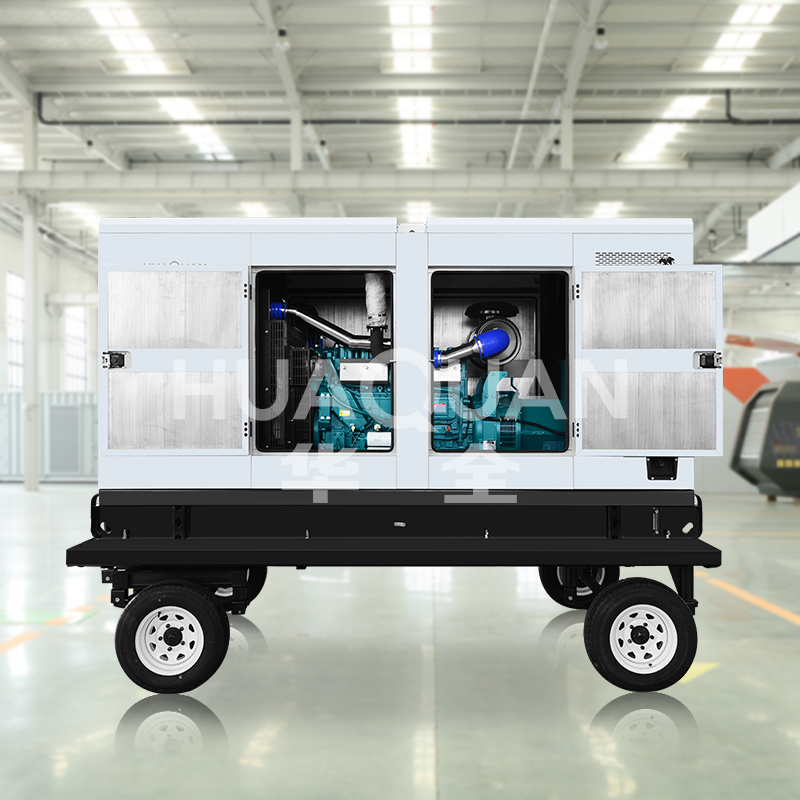 Seasonal Precautions for diesel standby generator2025-11-25
Seasonal Precautions for diesel standby generator2025-11-25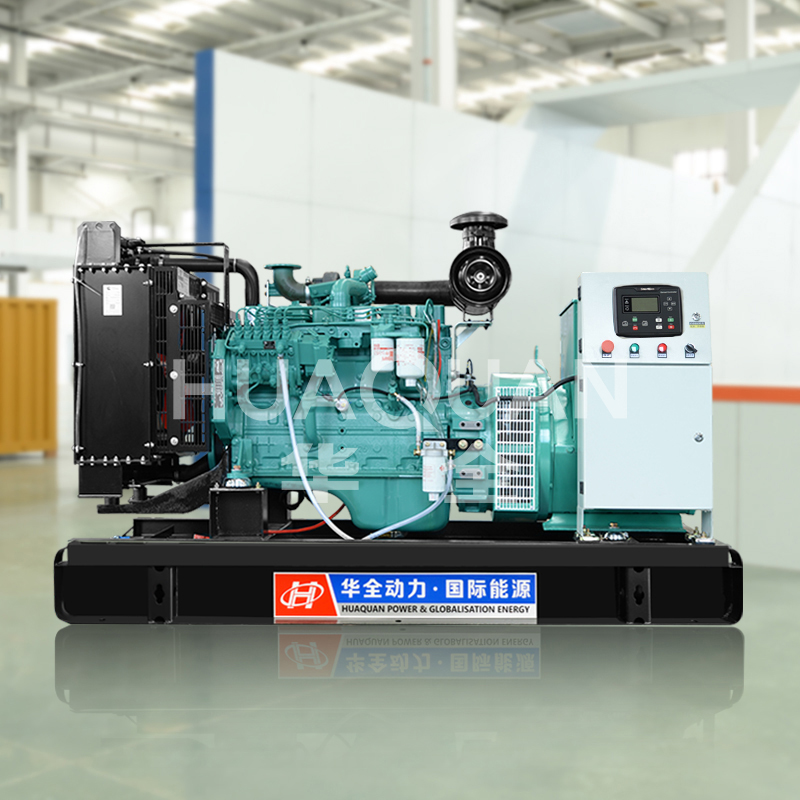 Maintenance of the Lubrication System for diesel standby generator2025-11-25
Maintenance of the Lubrication System for diesel standby generator2025-11-25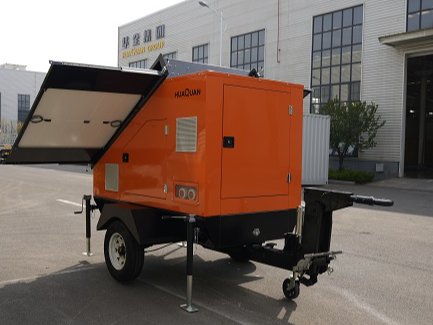 Maintenance Precautions for electric solar generator2025-11-14
Maintenance Precautions for electric solar generator2025-11-14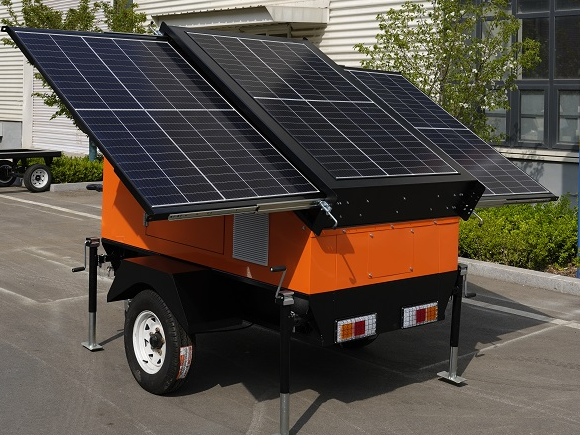 electric solar generator Safety Operation Procedures2025-11-14
electric solar generator Safety Operation Procedures2025-11-14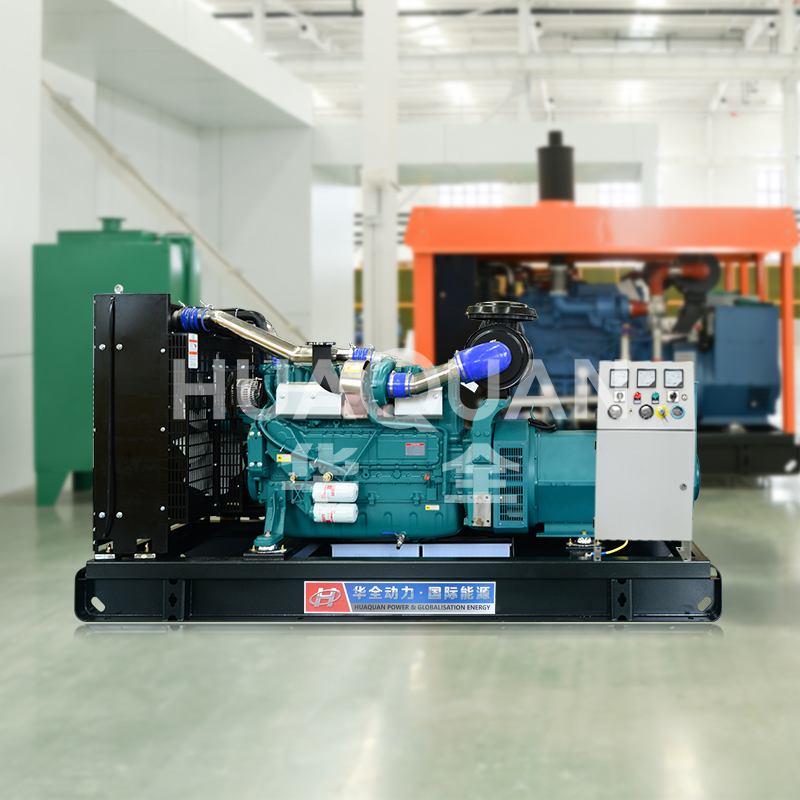 Precautions for the Maintenance of Electric generator2025-11-12
Precautions for the Maintenance of Electric generator2025-11-12 Introduction to Electric generator Operating Procedures2025-11-12
Introduction to Electric generator Operating Procedures2025-11-12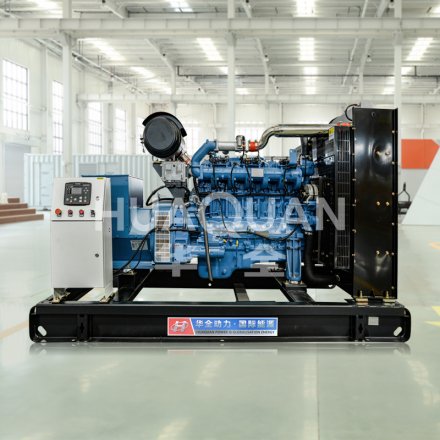 Safety Precautions for Operating Biogas generator2025-11-10
Safety Precautions for Operating Biogas generator2025-11-10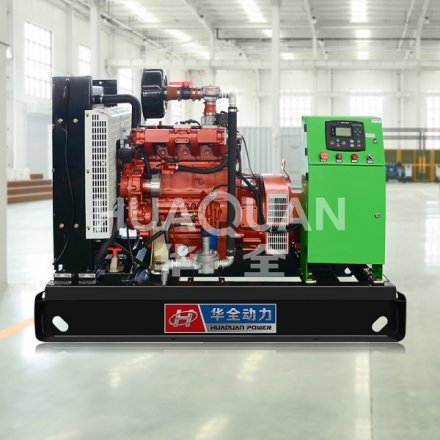 Considerations for Choosing a Biogas generator2025-11-10
Considerations for Choosing a Biogas generator2025-11-10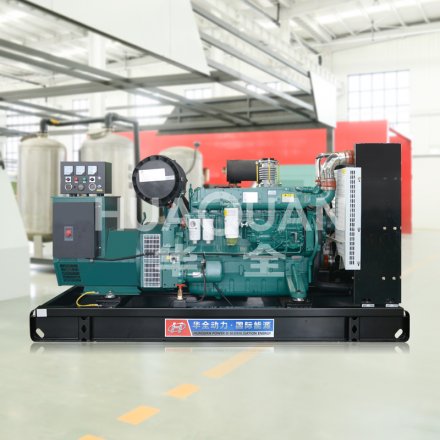 Considerations for Selecting generator products2025-11-07
Considerations for Selecting generator products2025-11-07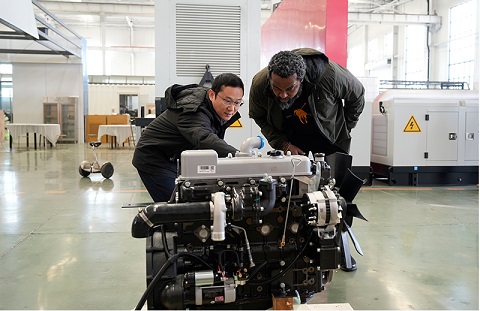 Huaquan Power Reaches Cooperation with Nigerian Client2025-11-07
Huaquan Power Reaches Cooperation with Nigerian Client2025-11-07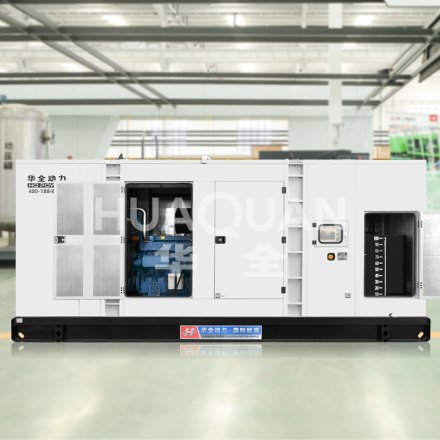 Precautions for Shutting Down large industrial generators2025-10-31
Precautions for Shutting Down large industrial generators2025-10-31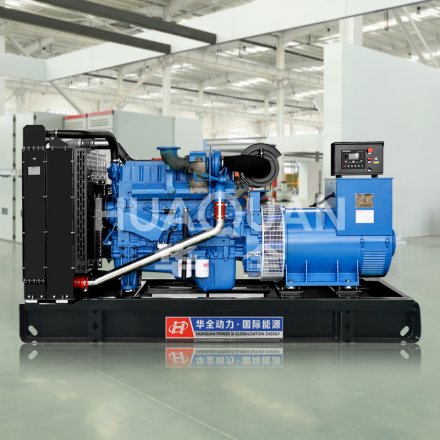 Essential Safety Guidelines for large industrial generators2025-10-31
Essential Safety Guidelines for large industrial generators2025-10-31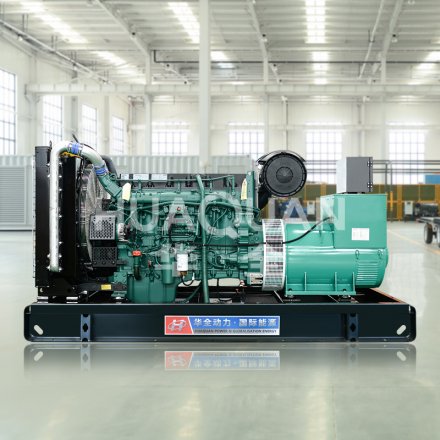 Introduction to Precautions for Using Oilfield Generators2025-10-29
Introduction to Precautions for Using Oilfield Generators2025-10-29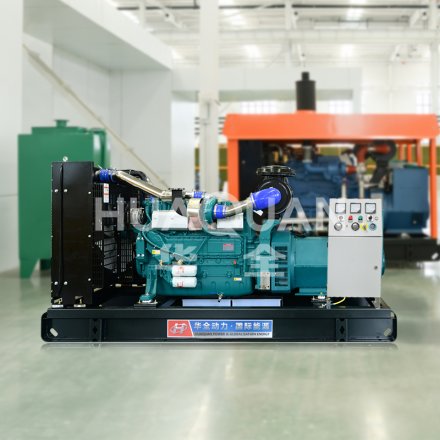 Safety Operating Procedures for Oilfield Generators2025-10-29
Safety Operating Procedures for Oilfield Generators2025-10-29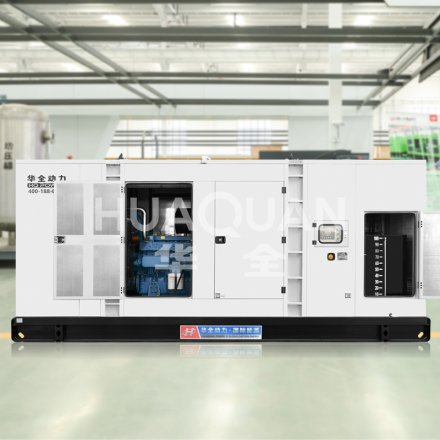 Maintenance of industrial generator Air Filters2025-10-24
Maintenance of industrial generator Air Filters2025-10-24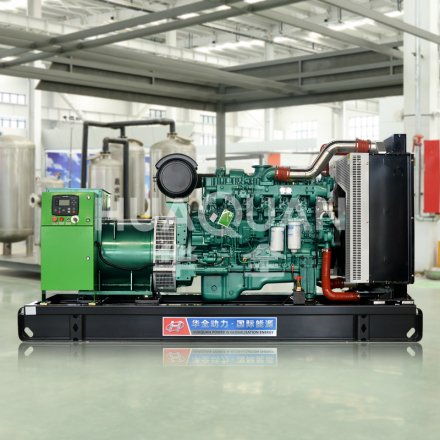 industrial generator Safety Operation Guidelines2025-10-24
industrial generator Safety Operation Guidelines2025-10-24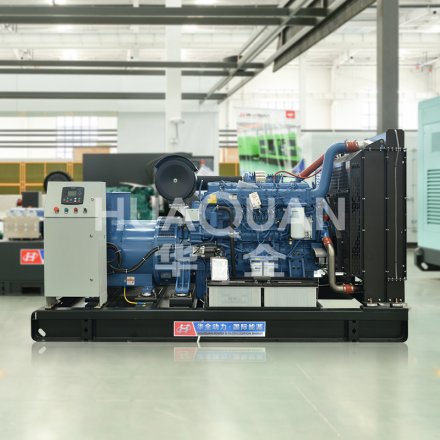 Huaquan generator maintenance content2025-10-22
Huaquan generator maintenance content2025-10-22




